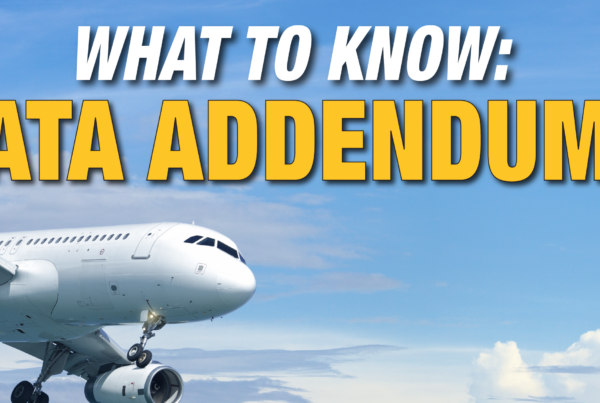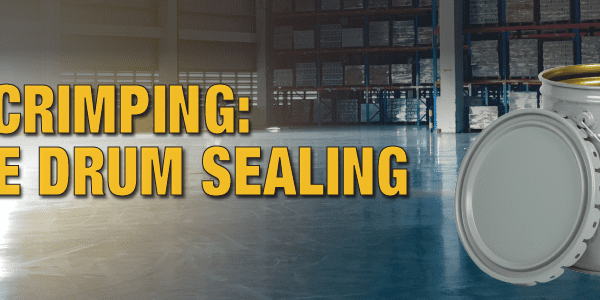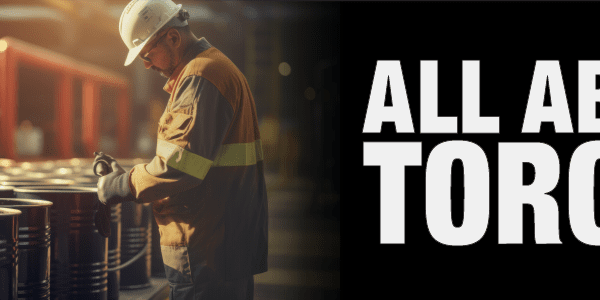Exceptions for Shipping Carbonated Beverages (Pop or Soda)?
Depending on what part of the World you are from, carbonated beverages can be called many different names. Whether you call it soda, pop, soda-pop, tonic, or fizzy water, one of the more asked questions I get from clients is whether or not carbonated beverages have to be shipped as dangerous goods. After all, carbonated beverages technically do contain a compressed gas (carbon dioxide) in solution which is a hazard class 2.2. But on the other hand, I don’t recall boxes of pop (yes, it is called POP in my section of the World) having hazard class labels on them or inside of UN Packaging. Let’s examine some of the exceptions there are across domestic and international regulations when shipping carbonated beverages.
Domestic Regulations
Although carbonated beverages contain a compressed gas (carbon dioxide), the various regulations do have exceptions which allow them to be shipped completely un-regulated. For Example, in the TDGR 2.14.2 (1) (a), it says that except for Part 1 (Coming into Force, Repeal, Interpretation, General Provisions and Special Cases) and Part 2 (Classification), the regulations do not apply to gases included in Class 2.2, non-flammable and non-toxic gases that are contained in foodstuffs, including carbonated beverages, as long as they are not an aerosol (UN1950). So essentially if carbonated beverages are shipped within Canada, there is no need for hazard class labeling, placarding, DG paperwork, UN packaging, or training. Similarly, when shipping within the U.S., the 49CFR has a similar exemption found at 173.307 (a) (1) which states that carbonated beverages are not subject to the requirements of this subchapter, which means you would be completely relieved from the entire 49CFR regulations if you are shipping within The United States.
International Regulations
If you are shipping internationally by Ocean, The IMDG Code at 2.2.2.6.1 states that gases of class 2.2 that are considered foodstuffs or carbonated beverages (except UN 1950 aerosols) are not subject to the provisions of this code. Similarly, if you are shipping by air, IATA 3.2.2.4.2 (a) states that gases of Division 2.2 when contained in foodstuffs, including carbonated beverages (except UN1950 aerosols) are not subject to the IATA regulations. Sound familiar? In both of these cases when shipping internationally, you are not required to mark, label, or package carbonated beverages as dangerous goods and are completely relieved from both dangerous goods regulations. In closing, although some carbonated beverages may not be the healthiest choice to consume, if you are shipping carbonated beverages internationally or domestically and they are not in an aerosol can, you do not have to declare them as dangerous goods.
Do you have questions about shipping dangerous goods?
Our team of Regulatory Experts is just a call away for our customers at 855.734.5469 or send us an email, we’re happy to help.
Stay up to date and sign up for our newsletter!
We have all the products, services and training you need to ensure your staff is properly trained and informed.
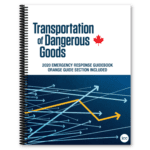 TDGR Publications TDGR Publications |
 Shipping Dangerous Goods Shipping Dangerous GoodsTraining Courses |
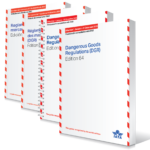 IATA DGR IATA DGRPublications |


